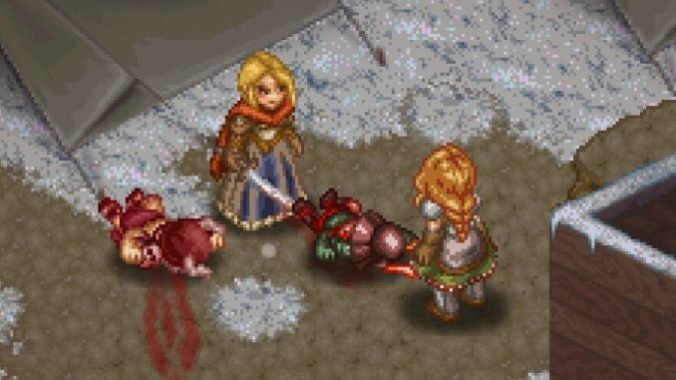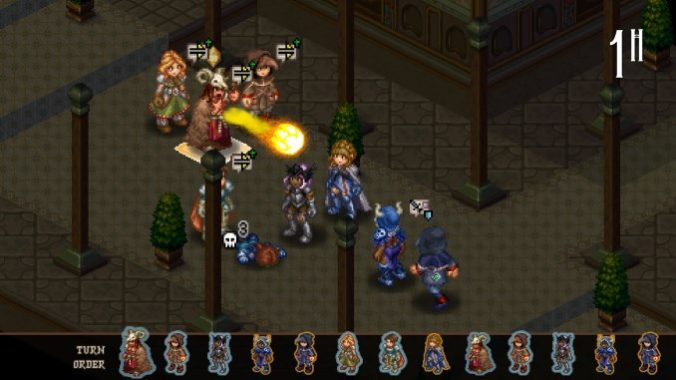Arcadian Atlas‘s Strategy Is a Little Too Familiar

Arcadian Atlas is first and foremost an homage. Depending on who you are, that may entice you to play it or wave you off of the notion entirely. It’s a bit of a double-edged sword: it rules to have a game that so clearly honors its biggest inspirations, beloved strategy role-playing games like Tactics Ogre: Let Us Cling Together and Final Fantasy Tactics, but I also wish it did something of its own. Over the years, tactics games have broadened what they do and focus on, allowing them to cultivate identities and unique strengths, like the Fire Emblem series’ renewed focus on intimate stories between characters. Others, like the sometimes brutal Banner Saga titles, have prioritized difficulty to push players to strategize like actual tacticians just to scrape by. The thing about being an homage is you have to strike that balance between the old and new, otherwise it feels like you’re lacking an identity of your own, which is precisely Arcadian Atlas’ problem. Arcadian Atlas kind of settles for something partway between several of these directions, never fully committing to any one path, and certainly bringing little else to help define it. And so it settles for being a half-decent tactics game and entry point that anyone can pick up and play, but folks hoping it might cut a little deeper will be left wanting.
In action, you’d be excused for thinking Arcadian Atlas was some kind of follow-up or modern remake of Final Fantasy Tactics. A lot of the former’s art direction and UI clearly takes notes from the latter, and Arcadian Atlas’ battles and maps are reminiscent of the tighter scale of FFT. You’ll stop into taverns on the world map to hear chatter about the world of Arcadia and collect side jobs that net you XP, gear and cash, which you can then spend on recruiting units and equipment at an outfitter. You’ll level up between encounters—though the game does a poor job of notifying you of this, it just more or less happens in the background—prompting players to invest in skill trees for characters divided into typical fantasy classes. These include one-handed and two-handed cavaliers—like the main characters, a couple named Vashti and Desmond—as well as rangers that include a raccoon named Poncho who magically gains sentience and a deadeye, and apothecaries like Eda, who slings potions and bombs in equal measure. Eventually, these classes have the chance to evolve into one of two advanced classes, each of which contain specializations such as the shaman’s split between the healing cosmic overseer branch and darker paths branch, which turns them into a sort of necromancer, but not entirely because those are bad (more on that in a bit).

-

-

-

-

-

-

-

-

-

-

-

-

-

-

-

-

-

-

-

-

-

-

-

-

-

-

-

-

-

-

-

-

-

-

-

-

-

-

-

-








































